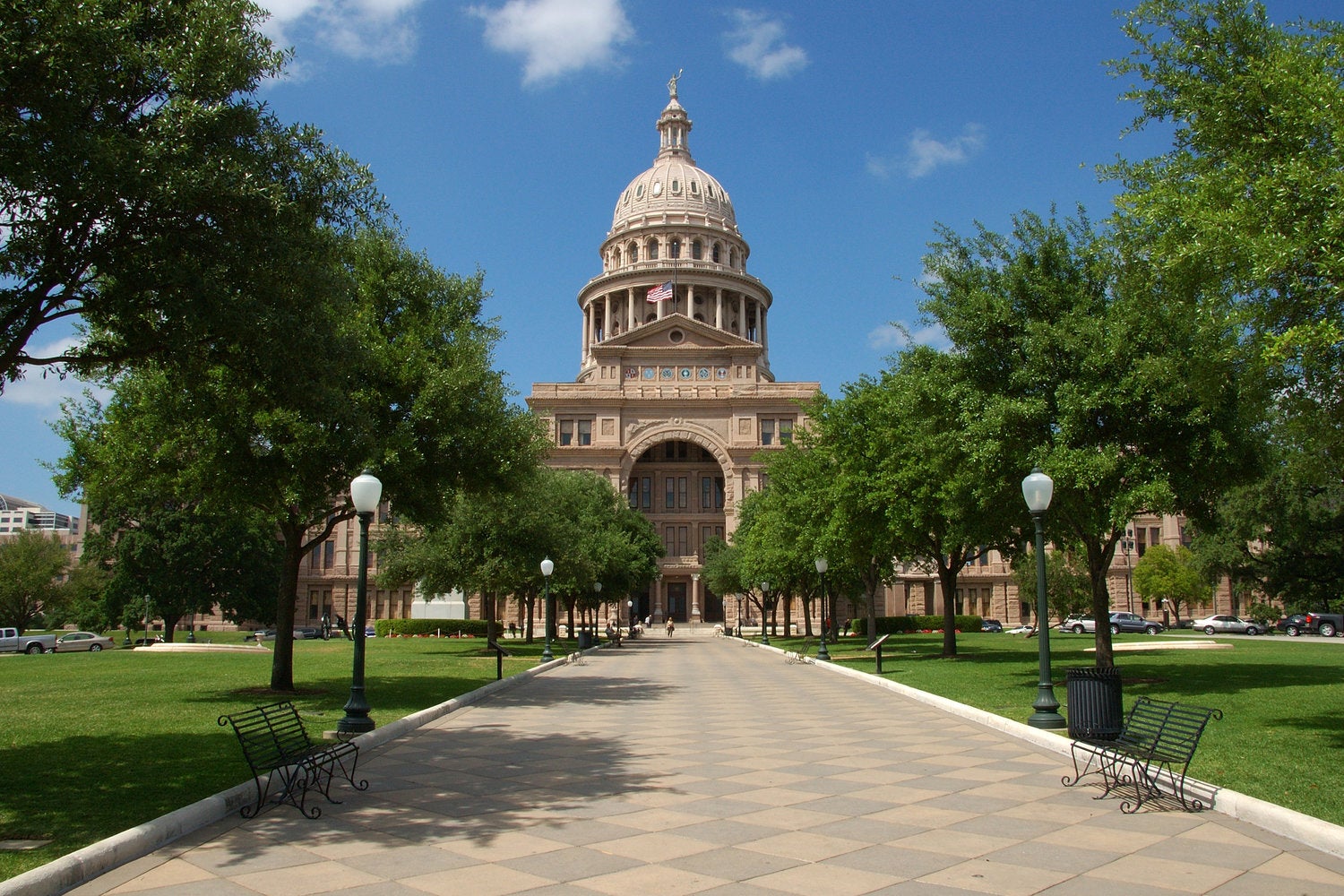SENATE BUDGET COMES IN UNDER SPENDING CAPS
Published 11:00 am Saturday, April 13, 2019

- State capitol building in Austin, Texas
(Austin) The state will be well served by a forward-looking, conservative budget that represents only modest growth over the last biennium, according to Senate Finance chair and Flower Mound Senator Jane Nelson. She offered a proposal to the full Senate on Tuesday to spend $116.8 billion in discretionary general revenue, a 7.6 percent increase over the last biennium. That’s well within the constitutional spending caps. “In all of those measures, we are under,” she said. “There are people in this body who wanted to spend more, and there are people who would like to spend less. That tells me that we’re landing this at just about the right place.” Including federal funds, dedicated general revenue, and other sources, this session’s Senate budget would spend $247.7 billion, five percent more than last session.
The Texas constitution limits state spending in two main ways. The first is called the pay-as-you-go limit, which prevents the state from running a budget deficit, by forbidding that appropriations exceed the biennial revenue forecast as determined by the state comptroller. The Senate budget comes in under that limit by about $1.3 billion. The next major cap limits the percentage of growth in spending to no more than the percentage of state economic growth, as forecast by the Legislative Budget Board. That number this session was nearly 10 percent, so there’s plenty of room left under that limit as well.
There is a third, non-statutory limit that appropriators follow when budgeting, the factor of population growth times the rate of inflation. Legislative budgets usually come in under that threshold as well, even though it’s not required by the constitution or state law. Every session, there are bills filed to enshrine that limit in the constitution. None of these measures, however, have made it to the governor’s desk. Of the three limits, it tends to be the most restrictive. This session the factor was 7.9 percent, so at 7.6 percent in budget growth, the Senate plan still meets that informal cap.
The Senate gave unanimous assent to the plan, sending it on to the House. The bill includes $9 billion in additional funding to pay for teacher pay raises, public education reform, and property tax relief, the three issues identified by Lt. Governor Dan Patrick as the top priorities of the chamber this session. That’s the same amount that the House has appropriated for those three purposes in its budget proposal, so one potential obstacle in negotiations between the two chambers is already removed.
Other key expenditures in the Senate proposal include $2.4 billion to cover anticipated enrollment growth of 130,000 public school students through 2021. The bill would increase spending for institutions of higher education by more than half a billion dollars and covers caseload growth in Medicaid. It would address wait times at state drivers license offices by appropriating $193 million to fill every open position in the Department of Public Safety’s licensure department and fulfills every agency request for funding to combat human trafficking, totaling $90 million. One of Nelson’s key priorities, eliminating the backlog in sexual assault evidence kits, would be accomplished through $50 million dedicated to increasing state crime lab capacity.
Negotiations between the House and Senate will begin soon. The House named conferees on Thursday, five Representatives who will lead budget negotiations on behalf of that chamber. The Senate conferees haven’t been announced yet, but Patrick will name Nelson and four other Senators to hash out the differences between the two budget proposals. Then, they will present a final proposal to each body for a final vote.
The Senate will reconvene Monday, April 15 at 11 a.m.




